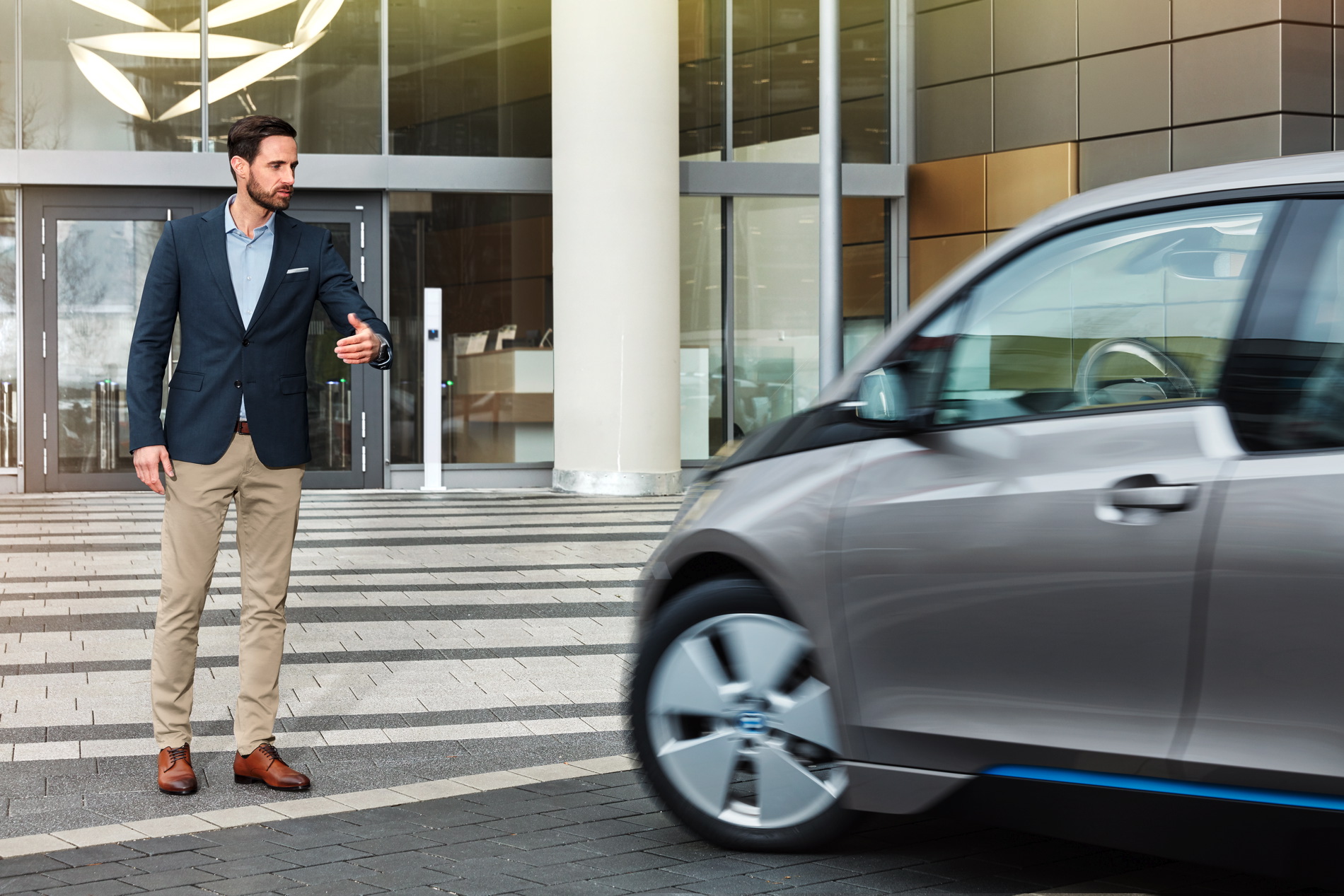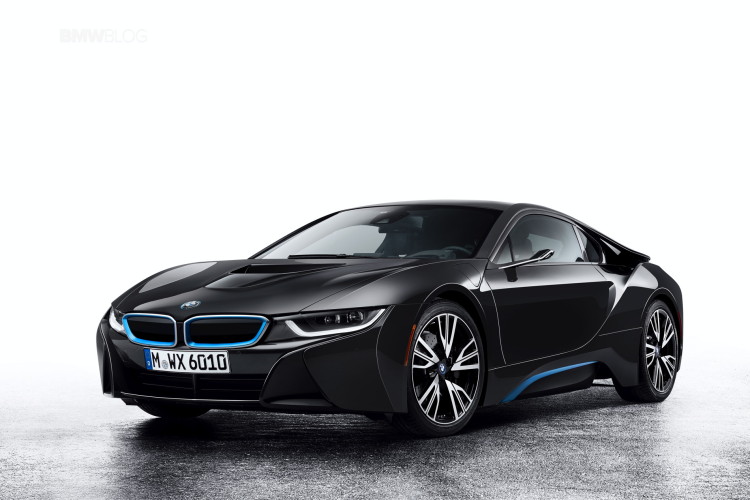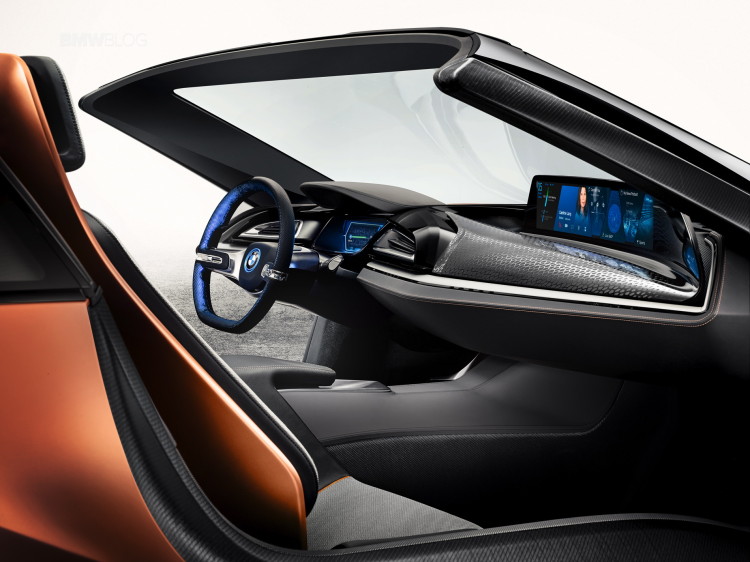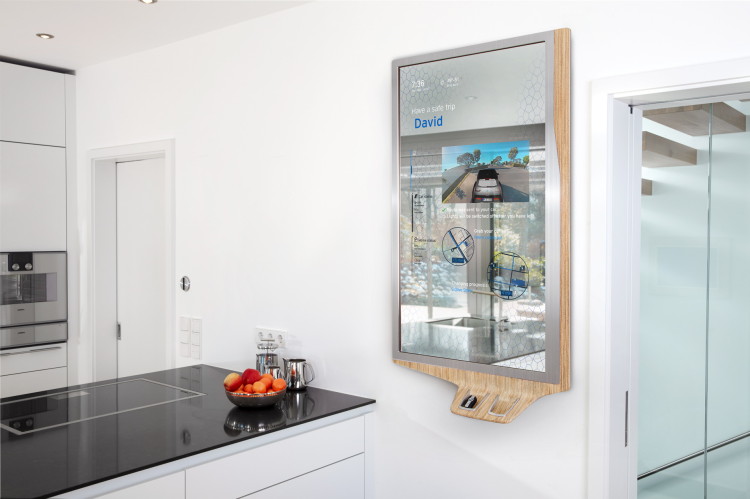It’s been quite surprising how each and every year, automakers become more and more involved with CES and the technology world. It’s fitting, though, as cars are becoming more computer than automobile, so showing them of at CES actually makes quite a bit of sense. BMW showed off quite a bit of its own tech at CES, but it wasn’t the only automaker there. Audi made a big splash, Volkswagen showed of some tech, Chevy made an appearance and even a newcomer like Faraday Future showed up with its crazy vision of the future. However, BMW may have made the biggest impact at the show.
Starting with the mirrorless BMW i8 Concept, which showed BMW’s new technology that could replace physical mirrors with a series of cameras. These cameras are fitted on stalks that extend out like normal side mirrors would, only much thinner and more aerodynamic. This is an interesting design, though not something that hasn’t been done before. However, BMW does make it seem like a very functional and realistic technology, tech that could easily be adopted to production cars today.
BMW also showed off its Vision Future Interaction, which really impressed. Essentially, the Vision Future Interaction is a BMW i8 without doors or mirrors but with a lot of screens and sensors. The 21″ central panorama display steals the show, however. This screen seamlessly displays content from the Open Mobility Cloud. This Vision Future Interaction will also have a version of BMW’s Gesture Control on steroids, called AirTouch. Sensors in the dashboard recognize hand movements and use those movements to control many functions of the car. It’s all very impressive.
But the exhibit that put BMW over the edge, and impressed more than every other car company at CES, was BMW’s Internet of Things. Basically, it’s a system of Cloud-based devices that run a user’s entire life, not just their car. BMW shows a world where a user has multiple cloud-connected devices in their home, such as something BMW calls a Mobility Mirror that displays all of the users necessary information, such as events, appointments, the weather and the state of their electric vehicle’s battery. The Mobility Mirror is connected to the Open Mobility Cloud, as is the user’s smart watch, BMW i3 and any other device they might have.
All of these devices work together and learn the user’s habits and schedules to connect everything together. So the BMW i3 knows when it needs to be ready for the user to leave in the morning, which means it will open the electronic garage door, back itself out and park itself in by the front door with the driver’s door immediately ready for the user. When the user gets to their appointment, the i3 can park itself and when the appointment is over, it can self-valet itself to the user. It’s all very cohesive and automated.
BMW displayed many several fascinating innovations, as did many other automakers. But while BMW’s mirrorless tech and AirTouch are amazing, as well as every other automaker’s tech, BMW’s Internet of Things is lifestyle changing, not just new in-car tech. It allows a car to be completely connected with an owner’s life and actually understand an owner’s schedule. It’s incredibly impressive, even a little scary. And when an idea is a little scary, that’s when you know it’s revolutionary and that’s why BMW made the biggest impact at CES.








































































